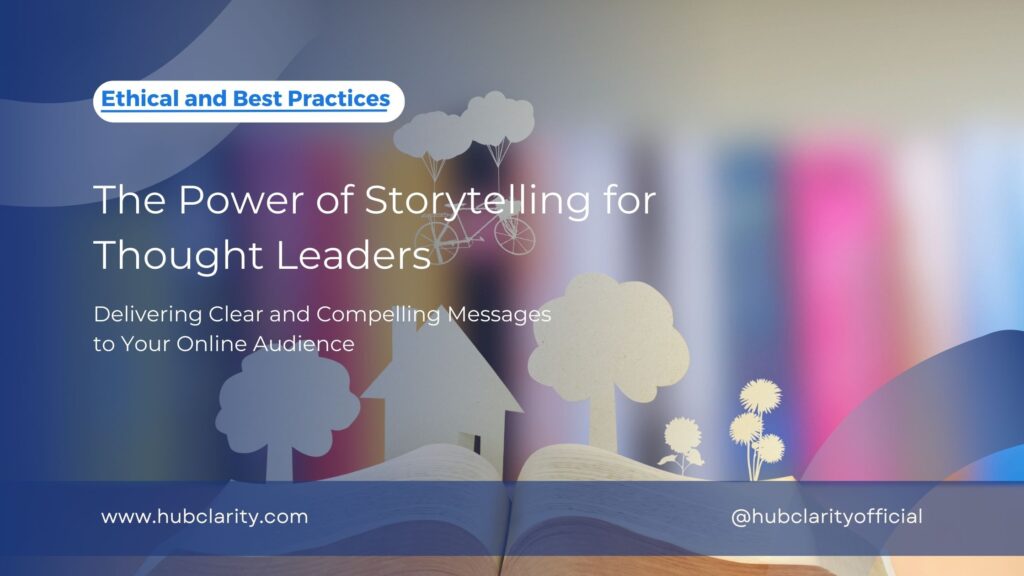The Freemium Model: Navigating the Benefits and Challenges for Thought Leaders
The freemium model for thought leaders’ business model has gained significant traction in the tech world, especially in software and app development spaces. It’s all about providing a basic version of a product or service at no cost while offering an upgraded, premium version with added features or perks at a price.
Although the freemium approach has proven to be a winning strategy for numerous companies, it poses distinct hurdles for thought leaders who need to strike a balance between capitalizing on their expertise and delivering value to their followers.
In this article, we’ll delve into the advantages and challenges the freemium model presents for thought leaders, as well as discuss tactics for harnessing the model to create a thriving, sustainable business.
The Benefits of the Freemium Model for Thought Leaders:
Increased Visibility:
Offering a free version of your product or service can help to increase visibility and attract new customers. By providing valuable content or resources for free, thought leaders can establish themselves as experts in their field and build trust with potential customers.
Generates leads:
The freemium model allows you to generate leads and also know more about your potential customers. It also allows you to track how they interact with your product and use that information to optimize your offering. This happens when a user submits his/her contact information in order to download your free content for example.
Access to a larger audience:
The freemium model enables thought leaders to reach a larger audience, as the barrier to entry is lowered for those who may not be able or willing to pay for a premium product or service. This can help to increase brand awareness and drive more sales in the long term.
Gives a taste of the full product:
The freemium model allows thought leaders to give their audience a taste of their full product or service, which can help to generate interest and drive sales of the paid version.
Provides a way to monetize expertise:
The freemium model provides thought leaders with a way to monetize their expertise and build a sustainable business. By offering a free version of their product or service, they can attract a large audience and generate revenue through premium upgrades and additional services.
Challenges of the Freemium Model for Thought Leaders:
Balancing free and paid content:
One of the biggest challenges of the freemium model is finding the right balance between free and paid content. Thought leaders must be careful not to give away too much for free, as this can devalue their paid offerings. On the other hand, they must also provide enough value in the free version to attract and retain customers.
The potential for low perceived value:
Another challenge of the freemium model is the potential for the audience to perceive the paid version as having low value if the free version is too robust. This can make it difficult for thought leaders to monetize their expertise and build a sustainable business.
Managing customer expectations:
Thought leaders must also be careful to manage customer expectations when it comes to the free version of their product or service. They should clearly communicate the limitations of the free version and the benefits of the paid version, to avoid disappointment and negative reviews.
Maintaining Quality:
The Freemium model also presents the challenge of maintaining the quality of the product or service. As the thought leader is providing a free version, they may have to compromise on the quality of the full version in order to make a profit.
Strategies for Leveraging the Freemium Model for Thought Leaders:
Offer a limited free version:
One strategy for leveraging the freemium model is to offer a limited free version of your product or service, with the option to upgrade to a paid, premium version for additional features or benefits. This allows thought leaders to provide value to their audience while still monetizing their expertise.
For example, a thought leader in the AI industry, like invideo could offer a free basic version of their tool, with the option to upgrade to a premium version for more useful features
Provide value-added services:
Another strategy is to provide value-added services, such as coaching or consulting, for an additional fee. This allows thought leaders to monetize their expertise without devaluing their core product or service.
For example, a thought leader in the personal development industry could offer a free e-book, with the option to purchase a coaching package for personalized support and accountability.
Create a membership program:
Thought leaders can also create a membership program, where members have access to exclusive content, resources, and community support. This can be a powerful way to monetize expertise while also providing ongoing value to customers.
Offer a free trial:
A free trial period can also be a good strategy for thought leaders to monetize their expertise. This allows customers to try out the full version of the product or service before committing to a purchase.
Takeaways:
The freemium business model can be an effective instrument for thought leaders to commercialize their knowledge and create a long-lasting enterprise.
It also poses particular difficulties, like juggling paid and free content and controlling customer expectations.
Thought leaders can use the freemium model to create a successful and long-lasting business by understanding its advantages and disadvantages and putting it to use with tactics like offering a free trial, a limited free version, value-added services, and membership programs.


